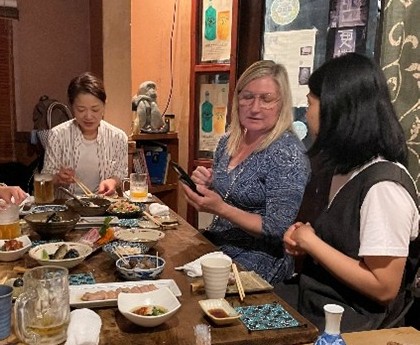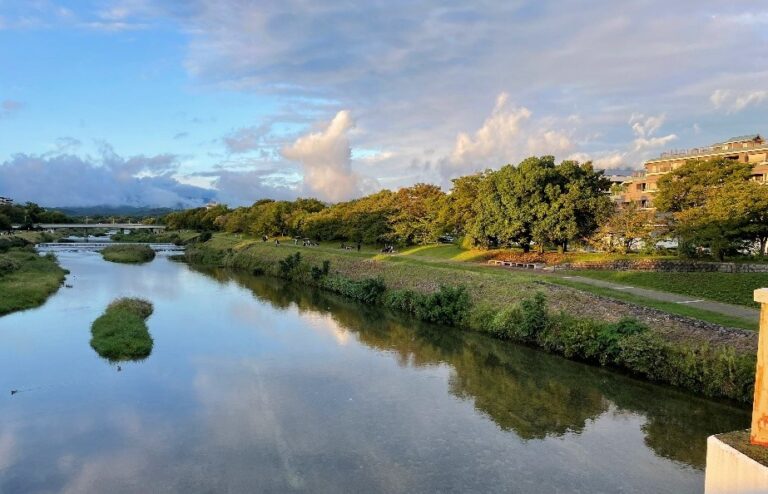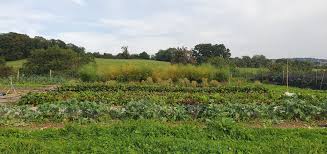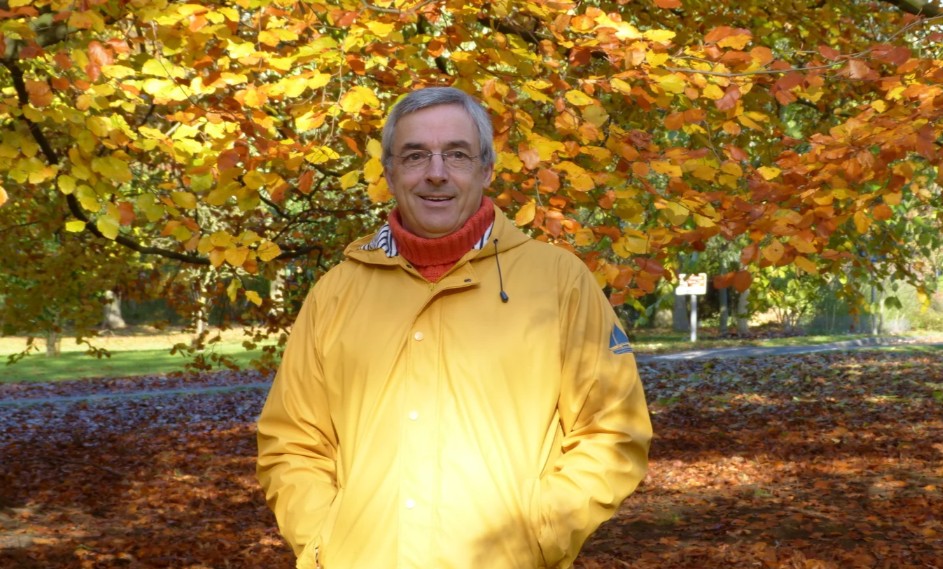Janet Dwyer is back in Japan as part of the SATOCONN project and has written another Blog about her recent experiences in and around Kyoto.
I have been back in Japan since mid-September and staying in a small studio flat at the very nice RIHN House, which is on the same site as the research building. Today however, I have settled back into Niniroom hostel near the river since the RIHN house is full for all of next week.
Work here has been hectic, but positive. We hosted the second team meeting for the SATOCONN project from 22-26 September, and used the time mostly for planning methods and sharing our experiences from the six case study sites in which everyone is working. We began with a great seminar and discussion on ‘Convivial conservation’, led by Professor Bram Buscher from Wageningen who was visiting Kyoto University for a few days.
Sophie’s Devienne’s students from Agroparistech have been busy doing agrarian diagnoses to understand land management practices and their evolution in the Swiss, Portuguese and Swedish cases, and her PhD student Maryam will move on to work with the two Japanese teams over the coming eight months, to do similar diagnoses here for Shiga and Sado sites (the sixth, Dartmoor, was done in 2023, Duverne and Pages). The rest of us are busy collating environmental and contextual data to assess social, economic and cultural assets (tangible and intangible), governance and institutions in each area, working towards a set of multifaceted, Integrated Landscape Appraisals. Living lab development is also ongoing in most of our cases and we shared reflections on the challenges and opportunities of working closely with local communities to co-design and co-deliver actions, in each case. Frustrations with policy are evident, linked to a lack of recognition and understanding of local knowledge and experience, which we hope to help tackle.
On Friday 26th we spent a day in the field in Hira and Ogi villages, sited along the hillside sloping down to Lake Biwa, east of Kyoto. In Ogi we had a short walk with famous Japanese photographer Mr Imamori, whose beautiful film about Satoyama was made over 10 years ago (English narration by David Attenborough). This was followed by a chance to hear and then have a go at traditional Taiko drumming with Ogi’s ‘mums group’ of drummers – and our powerful rhythms of a rain-dance actually succeeded in stimulating a short downpour, immediately afterwards. Footage of the session will soon be uploaded onto the SATOCONN website for those who are interested!
Our field day ended at a café / veggie marketplace in Hira which was built by the community after COVID, to help bring residents together and support social and environmental care in the village. A farmers’ market is held there once a month and attracts a growing number of people from Kyoto as well as local residents. Satoconn living lab will be selling its own rice there, soon, which is pretty exciting for the team.

Autumn has arrived this week with the rain, although it’s still humid and quite warm. The summer was long and over-hot, so now many trees are already shedding a lot of leaf. Kyoto is famous for autumn colours in all its myriad temples and gardens: I hope there will still be time to appreciate these, before I fly home. I note the changes every morning when doing stretching exercises down by the water, with different flowers blooming and senescing, sometimes huge butterflies and dragonflies, and lots of water birds feeding. The red spider-lily is particularly notable, right now: its bulbs are poisonous to rodents, so it was planted a lot around productive fields but has spread along stream-sides in many places, too.



